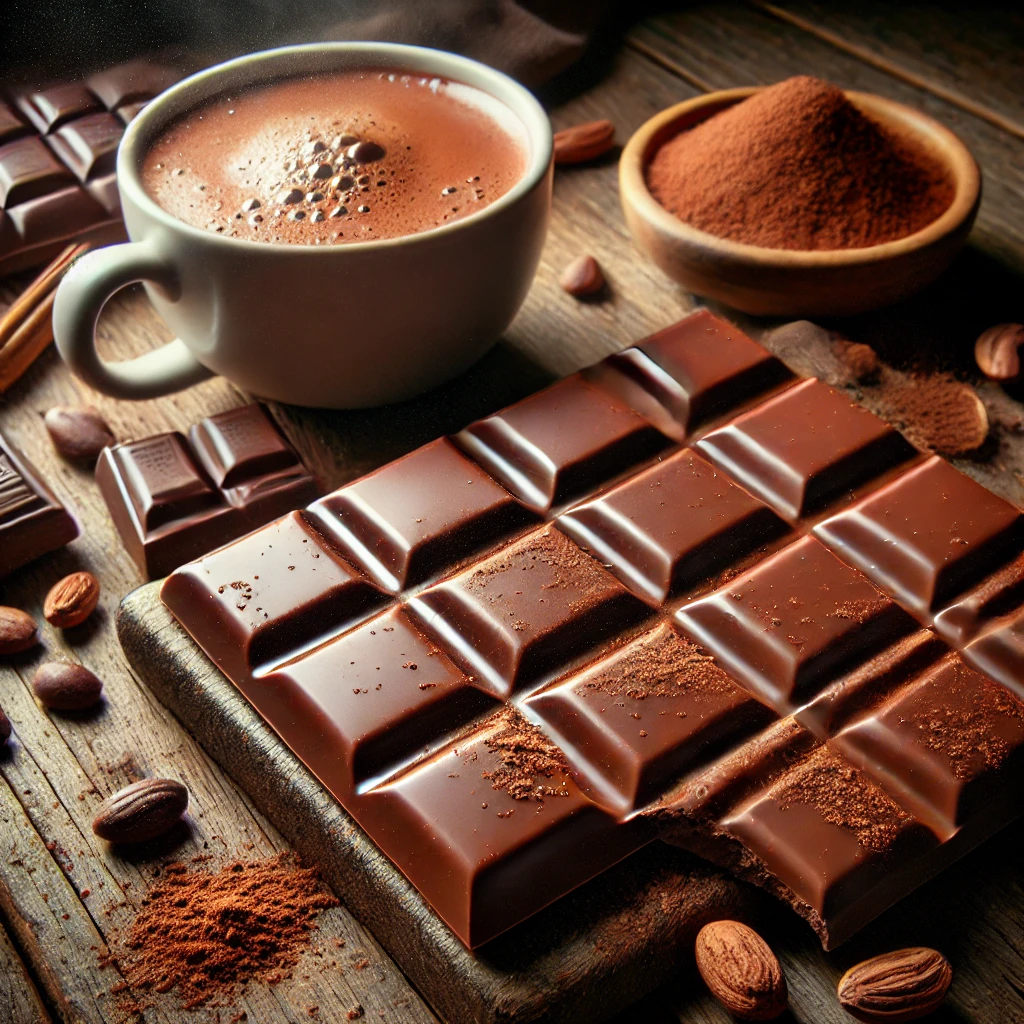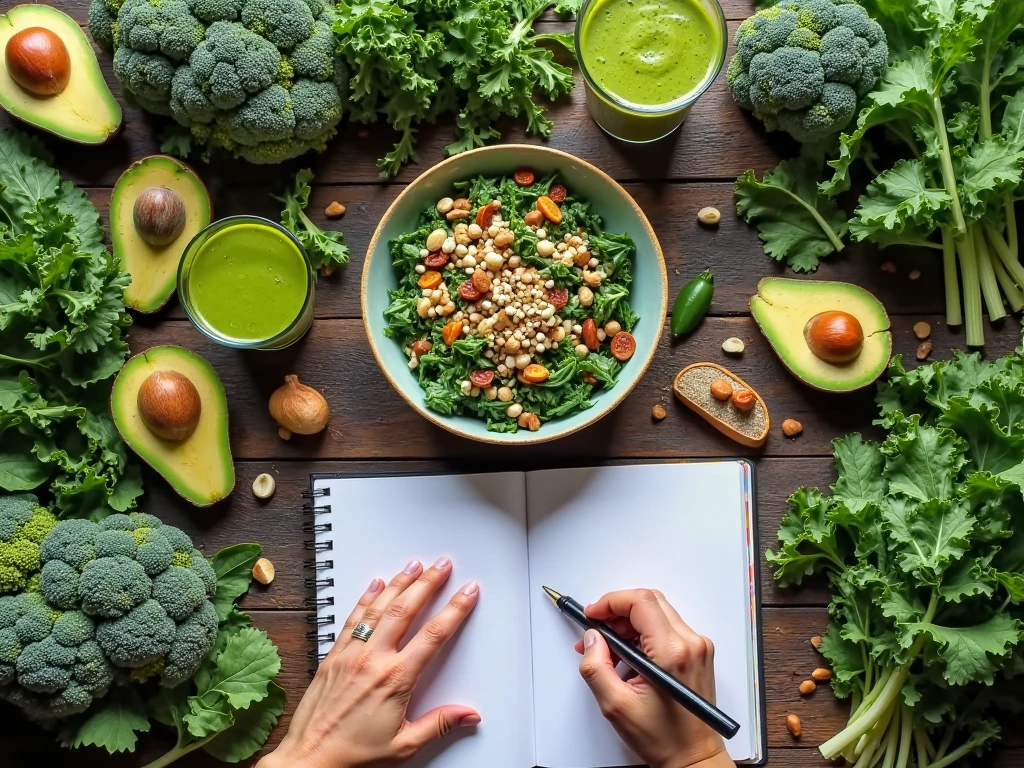
Chocolate is more than just a sweet treat; it’s an emotion, a universal comfort food, and often a go-to remedy for lifting spirits. Whether it’s a quick snack to perk up your day, a reward after a long task, or a gift that says “I care,” chocolate has a special place in many people’s hearts. But why does chocolate make us feel so good?
Chocolate has been revered for centuries. The ancient Maya and Aztec civilizations considered cacao a divine gift, often consuming it as a bitter, spiced drink believed to offer strength and spiritual vitality. Its use extended beyond nourishment; cacao was also a part of rituals and celebrations, symbolizing joy and connection.
When chocolate spread to Europe in the 16th century, it quickly became associated with luxury and indulgence. Over time, it evolved from a bitter ceremonial drink to the sweetened versions we know today. Despite its transformation, one thing remains constant: chocolate’s ability to evoke happiness.
Chocolate’s impact on mood isn’t just psychological; it’s deeply rooted in its chemical composition. Let’s break down the key compounds that make chocolate a natural mood booster:
Theobromine, a compound found in cacao, has mild stimulant effects similar to caffeine. It can enhance focus, provide a gentle energy boost, and improve overall alertness without the jitters often associated with caffeine.
Often called the “love drug,” PEA triggers the release of endorphins, the body’s natural feel-good chemicals. It’s also associated with the excitement and pleasure you feel when falling in love, making chocolate a symbol of romance.
Chocolate contains tryptophan, an amino acid that helps the brain produce serotonin a neurotransmitter linked to feelings of well-being and happiness. Higher serotonin levels can improve mood, reduce anxiety, and promote relaxation.
Dark chocolate is rich in flavanols, a type of antioxidant known to improve blood flow to the brain. Better circulation can enhance cognitive function, reduce fatigue, and elevate mood.
While often vilified, sugar and fat play a role in chocolate’s immediate mood-boosting effects. Sugar provides a quick energy surge, while fat enhances the texture, making chocolate more satisfying and indulgent.
Eating chocolate, particularly dark chocolate, offers several additional health benefits:
Improves Heart Health: The flavonoids in chocolate can lower blood pressure and improve cholesterol levels.
Enhances Brain Function: Antioxidants in chocolate protect against cognitive decline and improve memory.
Reduces Stress: Studies have shown that consuming dark chocolate can lower cortisol levels, the stress hormone.
Promotes Skin Health: Flavanols improve skin hydration and texture, offering protection against sun damage.
While all chocolate can bring joy, dark chocolate is the healthiest choice due to its higher cacao content and lower sugar levels. Look for dark chocolate with at least 70% cacao to maximize its benefits.
Key reasons to choose dark chocolate:
The key to reaping chocolate’s mood-enhancing benefits lies in moderation and mindfulness. Here are some tips to make the most of your chocolate experience:
Invest in high-quality chocolate with minimal additives. Organic or single-origin chocolate often offers superior taste and nutritional benefits.
Take a moment to savor the texture, aroma, and taste of your chocolate. Mindful eating not only enhances enjoyment but also prevents overindulgence.
Incorporate chocolate into homemade desserts or beverages, such as hot cocoa made with real cacao powder and natural sweeteners.
Ingredients:
Instructions:
Ingredients:
Instructions:
Ingredients:
Instructions:
Chocolate isn’t just about taste it’s about emotion. From receiving a box of chocolates on Valentine’s Day to sharing a dessert with friends, chocolate often accompanies moments of joy and connection. Even when consumed alone, it can feel like a small indulgence, a treat that acknowledges self-care.
Fact: There’s no concrete evidence linking chocolate to acne. Poor diet overall, rather than chocolate specifically, is more likely to contribute to skin issues.
Fact: While chocolate contains compounds that stimulate pleasure, it’s not physically addictive. Emotional attachment often drives cravings.
Fact: White chocolate lacks cacao solids and the beneficial flavonoids found in dark and milk chocolate, making it less healthy.
Like anything, chocolate should be consumed in moderation. Overindulgence can lead to:
To make chocolate a consistent part of your wellness routine, try a daily ritual:
Choose a small piece of dark chocolate (about 1 oz).
Find a quiet space and focus on the experience.
Pair with a warm beverage, like tea or coffee, to enhance relaxation.
Chocolate is increasingly being studied for its potential mental health benefits. Some studies suggest that regular consumption of dark chocolate in moderation may:
Chocolate is more than a treat it’s a scientifically backed mood enhancer, a cultural icon, and a personal indulgence that can transform your day. Whether you’re savoring a small square of dark chocolate, enjoying a rich dessert, or sipping a comforting cup of cocoa, let it be a reminder that even small pleasures can bring immense joy.
The next time you’re feeling down, reach for chocolate not as a guilty indulgence, but as a sweet, satisfying way to lift your spirits and celebrate life’s simple joys.














